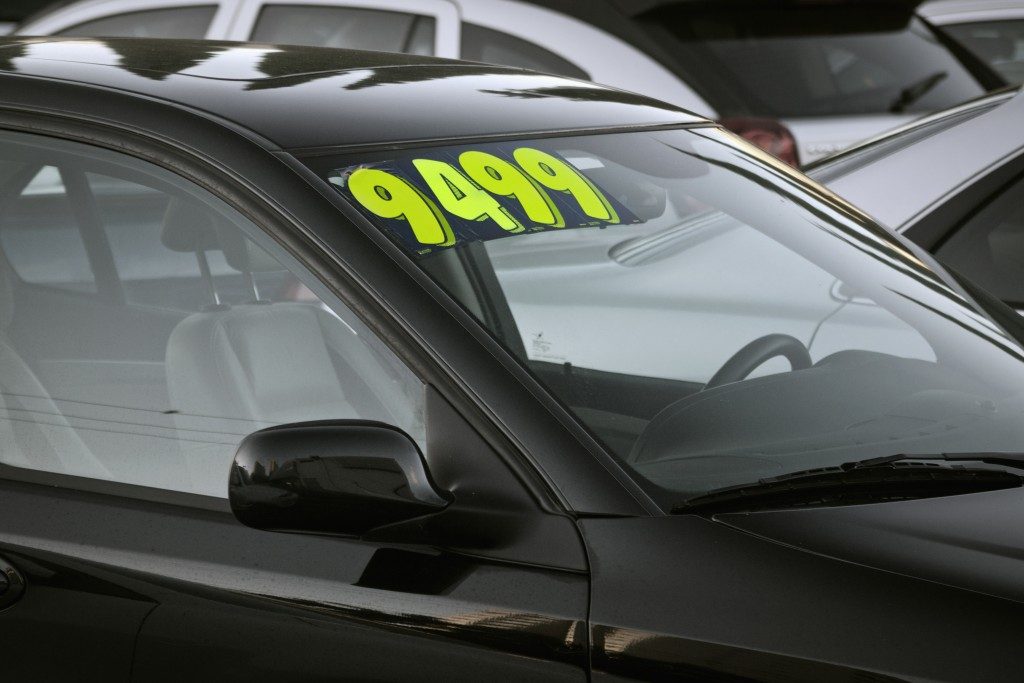Some people may be concerned about getting into the automotive business, and that’s understandable. It can be capital intensive and sensitive to market changes.
But the benefits still outweigh the risks, benefits to doubts. It is especially true with businesses such as automotive franchise opportunities that focus on used vehicles.
1. Americans Still Love New Cars
New-car sales have been picking up since the Great Recession. It may then indicate that people now have a higher disposable income, and mass production is on the mend. Data suggest, however, that more people are buying used vehicles.
According to Statista, in 2018, the country sold over 40 million pre-loved cars compared to less than 17 million of brand-new ones. Even at the height of the recession, sales for used vehicles were significantly higher at almost four times.
McKinsey, meanwhile, predicted that the number of pre-loved cars and trucks that are three years old and below would increase by up to 60% in 2022. In 2017, the percentage was 51%. The same research also explained some of the reasons for the growing popularity of used vehicles:
- Used cars are less susceptible to significant changes in the economy. These included the Great Recession, the dot-com bubble, and the high inflation rate in the early 1990s.
- Buyers these days now have access to more diverse models and brands.
- Buyers have also become more digitally or Internet savvy. Before they even visit a dealership, they can already make initial decisions by browsing photos and reading specifications and car reviews.


2. Cars Are Only Good for Five Years
One of the long-standing myths about vehicles is that their life expectancy is only five years. In the United States, the average age of cars is already 11.8 years old. Most people tend to sell or trade their cars once they reach five years old to maximize resale value.
Fortunately, many cars these days can last long, especially with proper maintenance, because of their design and safety features. Countries also implement stricter laws that penalize bad driving habits. More consumers also realize the cost-effectiveness of maintaining a vehicle.
3. Used Cars Are More Expensive to Own
Cost is relative, which means it may be expensive to some and affordable to others. Many factors can also affect the actual cost of owning a vehicle, whether it’s used or new. These include:
- Taxes and other fees
- Loan repayments
- Repair and maintenance
- Model and brand
- Fuel efficiency
- Depreciation
From the get-go, used cars are cheaper than new ones since they already lost significant market value due to depreciation. Much older ones may be harder to sell, and so dealers will need it to sell it at a discount. Supply is also another factor. While it can fluctuate, used-car dealerships have many sources, especially rental companies.
Note, though, that in general, depreciation gradually decreases over time. During the first year, it can lose up to 30% of its value. In the succeeding years, however, it may reduce by 15% to 18%.
Some cars can also hold a higher resale value than others, which implies depreciation’s effect is slower for them. An industry report in 2019 revealed that these vehicles included Jeep and Toyota, whose five-year depreciation was below 40%.
Opening a used-car dealership still comes with challenges, but opportunities these days are aplenty. For example, they can now offer in-house financing to attract buyers further. They can also count on the industry’s better stability and demand.



